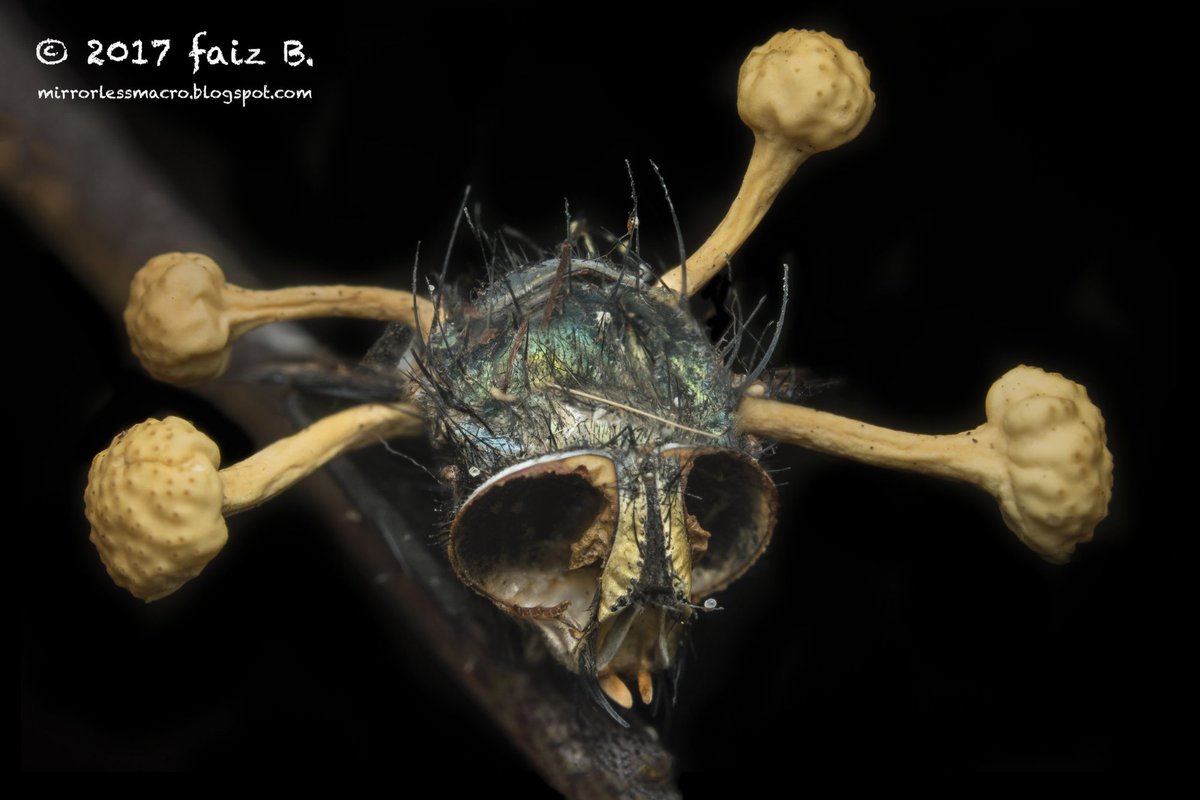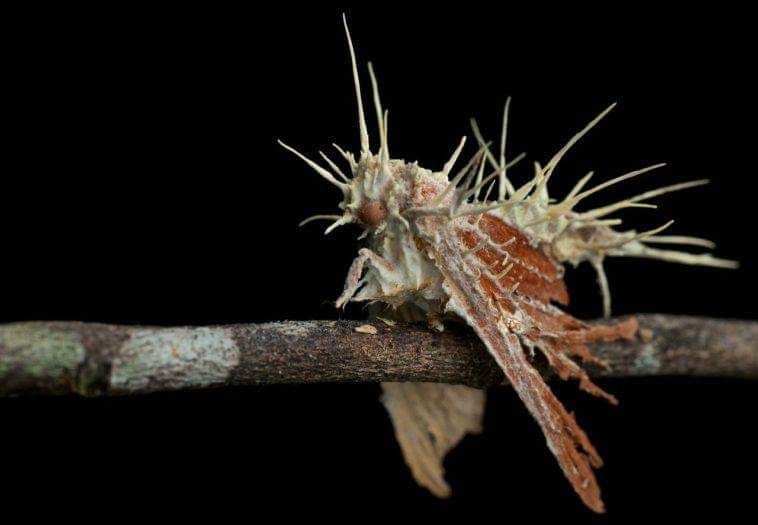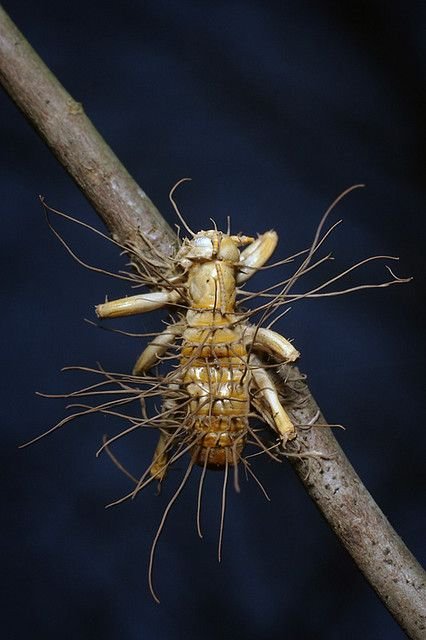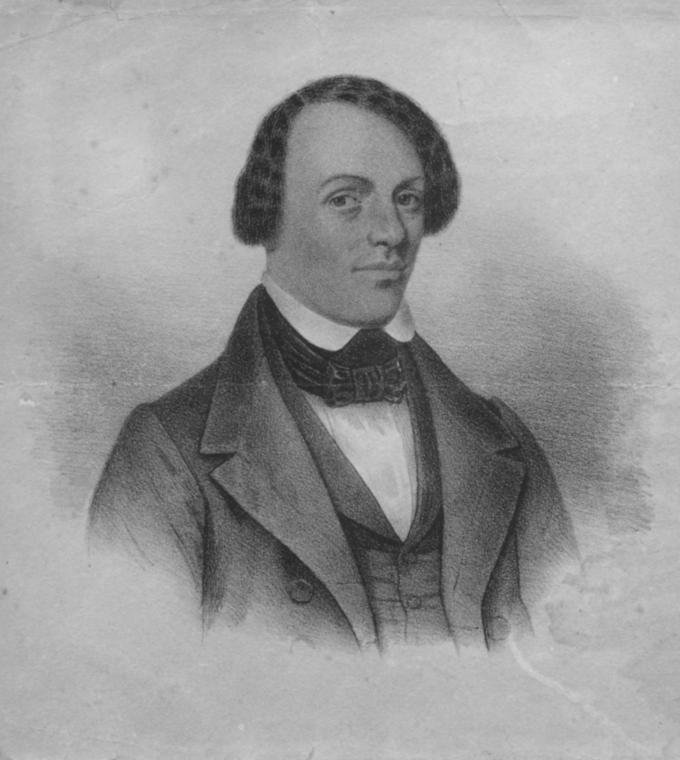[THREAD]
Let's explore the chemistry behind one of the most beloved fragrances in the world: old book smell (with a historical twist! ) 📕
Let's explore the chemistry behind one of the most beloved fragrances in the world: old book smell (with a historical twist! ) 📕
The smell of decaying matter can rarely be described as a pleasant one. However few fragrances are as intoxicatingly comforting as that of an old book's smell.
The field studying the compounds produced in the degradation of a material is aptly called material degradomics (1)
The field studying the compounds produced in the degradation of a material is aptly called material degradomics (1)
A lot of ingredients make up a book's smell, and can tell us much about its history: from the materials forming its cover to the ink in which it was printed, the way it was made to the place it was stored, whether tea was spilled onto its pages or a pipe smoked nearby, etc (2)
But let's focus on degradomics and what they can tell us about the smell of an 'average' book (if such a thing there is).
When the various components making up a book break down, they release dozens of molecules called volatile organic compounds (VOCs) (3)
When the various components making up a book break down, they release dozens of molecules called volatile organic compounds (VOCs) (3)
These molecules reach your olfactory receptors and are interpreted as one distinctive smell, from which you might be able to discern one or two notes to many more depending on your level of expertise.
The main notes will often include vanilla and a woody, smokey, earthy scent (4)
The main notes will often include vanilla and a woody, smokey, earthy scent (4)
The main ingredient behind paper pulp is cellulose, followed by hemicellulose and lignin (which make the plant rigid and 'woody') (5)
Present in wood and plants, cellulose is the most abundant polymer on Earth (6) and as it degrades, it releases a molecule called furfural (7)
Present in wood and plants, cellulose is the most abundant polymer on Earth (6) and as it degrades, it releases a molecule called furfural (7)
Furfural is said to smell like almonds and taste like caramel, and can be found in coffee, pumpkin, peated malt, Bourbon vanilla, apricot and sweet cherry (8)
The higher the acidity content of a paper, the more abundant the furfural formation (9)
The higher the acidity content of a paper, the more abundant the furfural formation (9)
(We will talk about paper acidity in a moment but do note that paper had a particularly high acidity content between the first half of the 19th century and the 1980s (10), i.e. the period from which most the old books we are commonly confronted with come from)
Another byproduct of the natural degradation (hydrolitic and oxidative reactions) of cellulose-based paper is acetic acid (11), which gives its smell and taste to vinegar (12) and its tang to books.
The name 'acetic acid' comes from the Latin word 'acetum', meaning 'vinegar' (13)
The name 'acetic acid' comes from the Latin word 'acetum', meaning 'vinegar' (13)
Aldehydes (14) such as the grassy hexanal (15), the fruity heptanal (16), the citrusy octanal (17) and rose-orangy nonanal (18) also occur naturally during the chemical breakdown of the paper (11). d-Limonene and its lemony fresh smell can also be part of the game (4)
Hydrocarbons with a gasoline-like smell such as octane, nonane, decane, tridecane, tetradecane, pentadecane, hexadecane, heptadecane, octadecane and nonadecane have also been found when analyzing the VOC composition of old books, along with some sweet and tarry phenol (11)
Here is an awesome wheel compiled by Cecilia Bembibre and Matija Strlič (@matijastrlic) from UCL Institute for Sustainable Heritage, recapping the smells you may encounter within the pages of an old book and the VOCs that underline them (19) 

I have not been able to find a study analyzing the psychological factors behind the mostly positive response to the smell of old books (19). Part of it might be owned to its strong association with the smell of chocolate and that of coffee (19)
Another reason might be nostalgia: smells are powerful memory triggers and can re-activate memories more potently than words would (19)
Scent-evoked nostalgia is reportedly associated with positive affect, self-esteem, social connectedness optimism and meaning in life (20)
Scent-evoked nostalgia is reportedly associated with positive affect, self-esteem, social connectedness optimism and meaning in life (20)
Now, we've mostly talked about the emission of VOCs from the degradation of wood-based paper, but did you know that until the second half of the 19th century books were not made from wood but from rags? Yes, actual rags that were collected from door to door (21) #BringOutYourRags 

So, what are the differences between wood pulp paper and paper made from cotton and linen rags when it comes to smell?
To understand them, we have to talk quickly about these papers' composition and the treatments needed by each of them as a result
To understand them, we have to talk quickly about these papers' composition and the treatments needed by each of them as a result
Among the three main ingredients of paper mentioned earlier, cellulose is the one least prone to oxidation and degradation (22). Pure cellulose is white and its oxidation leads to discoloration rather than yellowing. Lignin on the other side, tends to yellow when oxidized (23)
While wood is composed of a mean 50% of cellulose and has a high lignin content, flax is approximately 70% cellulose for 2% lignin and cotton fiber has no lignin and is almost pure cellulose, making up to 90% of its contents (11)
Additionally, the structure of cellulose in cotton makes the paper stronger and more durable (ever noticed that dollar bills come out of the washing machine clean instead of... in a mush?) while the slightly alkaline pH of cotton/linen rag paper slows its degradation process (11)
Rag paper (now made from cotton linters) is still used today for printing currency (24) and certain official documents (25) due to its durability. It is also a favorite among artists (26) and calligraphers who consider it a luxury product
In the first half of the 19th century, the ever-growing demand for paper and books led people to experiment with pretty much anything to find cheaper and more readily available sources of raw material for papermaking (27). Then came the advent of wood pulp paper (28)
As mentioned earlier, wood has a higher concentration of lignin which leads to quicker degradation and yellowing (22), and unfortunately, wood pulp came at the same time as another infamous invention that would make things even worse: rosin sizing
Until the beginning of the 19th century, rag paper was most often sized with gelatin, extracted by boiling down animals parts (29). This process gave the paper a smooth finish and made it hydrophobic, resulting in improved printability and less ink 'feathering' 

However, more and more experiments began demonstrating the advantages of rosin (better known by some musicians as colophony) over gelatin during the first part of the 19th century. This resin was cheaper, more practical, and by the 1850s, it was widely used (30) 

Rosin chiefly consists of various acids and the aluminum sulfate used to affix the resin to the paper fibers is thought to be a major source of acidity, leading to the quick degradation of all paper sized with this technique (9)
The quick degradation of paper, autocatalyzed by this method of sizing, was noted by the librarian and chemist (best combo ever) William Barrow in the 1930s (30) but acid-free paper would only be adopted for good in the 1980s (31)
Thanks to rosin sizing, more than a century's worth of books is now quickly yellowing in decaying in our libraries while many older books made from rags remain strong and white as ever (32)
So, back to the subject of smell and the difference bewteen wood paper and rag paper. The higher rate of decay of wood-based paper, associated with the increased acidity content induced by rosin sizing, makes for a more potent smell of furfural (i.e. almondy and bready) (9)
Rag paper on the other side has almost none to no lignin at all (11), a higher pH (i.e. lower acidity content, 9) and was mostly sized with gelatin (31). As a result, and as expected, furfural and acetic acid concentrations are much lower for rag paper than with wood paper (11)
All in all, the chromatographic profiles of wood- and rag-based paper reveal that they emit mostly the same compounds (with exception of the almost odorless isopropyl myristate and isopropyl palmitate emitted by rag paper). Only the distribution of these molecules changes (11)
This is something I was easily able to confirm by getting a whiff of 2 books from my personal library, one from 1815, the other from 1897. While the former was characterized by a rather tangy smell the scent of the latter was intoxicatingly sweet from the high levels of furfural
Analyzing the degradome (the sum of the products emitted by a decaying object) can be particularly useful for conservators and librarian in order to gain knowledge about a particular book and the way it degrades (9), and in turn preserving it 

I hope you've enjoyed this thread! I spent my whole day reading fascinating articles on the subject!
Here's a list all of all the sources cited here; feel free to comment directly on it (keep it nice and useful for the others)
Have a wonderful day/evening! bit.ly/2NbX2GL
Here's a list all of all the sources cited here; feel free to comment directly on it (keep it nice and useful for the others)
Have a wonderful day/evening! bit.ly/2NbX2GL
Want to read this thread in article form?
You can now do it on my new website dedicated to the history of science and the science behind history!
w-o-nderings.com/articles/why-d…
You can now do it on my new website dedicated to the history of science and the science behind history!
w-o-nderings.com/articles/why-d…
@threadreaderapp unroll
• • •
Missing some Tweet in this thread? You can try to
force a refresh






















